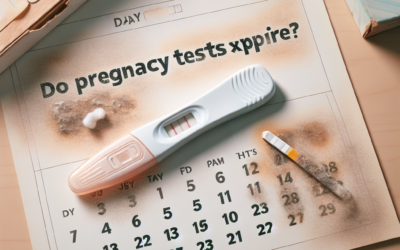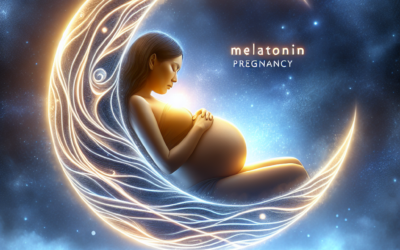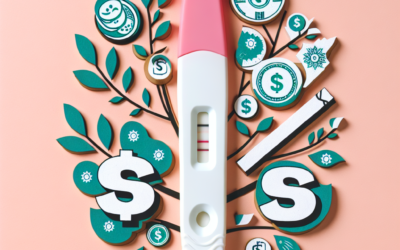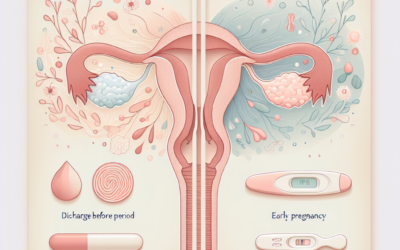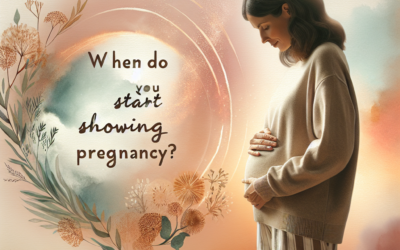Understanding Early Pregnancy Bleeding
Pregnancy is an exciting and transformative time for many, but it can also bring about confusion and concern, especially when it comes to experiencing bleeding. While any type of bleeding during early pregnancy can understandably lead to worry, it is essential to understand what is considered normal and when to seek medical advice.
Types of Bleeding in Early Pregnancy
Bleeding during the first trimester can occur for various reasons. Here are the most common types:
Implantation Bleeding
One of the earliest signs of pregnancy for some women is implantation bleeding. This type of bleeding occurs when the fertilized egg attaches itself to the uterine wall, which can happen about 6 to 12 days after conception. Implantation bleeding is usually light pink or brown in color and may last just a few hours to a couple of days.
Threatened Miscarriage
A threatened miscarriage is another cause of bleeding during early pregnancy. This term refers to any bleeding from the vagina occurring before the 20th week of pregnancy. Women may experience light spotting to heavier bleeding accompanied by cramps. It is crucial to consult a healthcare provider if you experience this kind of bleeding, as early intervention may help in some cases.
Ectopic Pregnancy
An ectopic pregnancy occurs when the fertilized egg implants outside the uterus, most commonly in a fallopian tube. This condition can lead to severe bleeding and is a medical emergency. Symptoms may include sharp abdominal pain, shoulder pain, or dizziness. Immediate medical attention is necessary if these symptoms accompany bleeding.
How Much Bleeding is Normal?
Normal bleeding in early pregnancy is typically light. Here are some guidelines to help determine what is normal:
Color and Consistency
Normal bleeding may present as light spotting—often pink or brown—in color. It should be much lighter than a typical menstrual period and not contain large clots.
Duration
Bleeding that lasts for a few hours or a couple of days can be considered normal. If bleeding continues for an extended period or increases in intensity, it is essential to seek medical advice.
Associated Symptoms
It is also critical to monitor accompanying symptoms. If bleeding is accompanied by severe cramps, dizziness, or lower back pain, it is important to contact a healthcare provider.
When to Seek Medical Attention
While light spotting may be normal for some women, significant bleeding still warrants attention. Here are specific situations where you should reach out to a healthcare professional:
– If bleeding is heavy, similar to a menstrual period or worse.
– If you experience severe abdominal pain or cramping.
– If you pass tissue or clots larger than a quarter.
– If you feel faint, dizzy, or lightheaded.
Conclusion
Bleeding during early pregnancy can be a source of anxiety for expectant mothers. Understanding the types of bleeding and what may be considered normal can empower women during this crucial time. While light, pink or brown spotting can be part of a normal pregnancy, always err on the side of caution. If you have any concerns about bleeding or other symptoms, seek medical guidance to ensure both your health and the health of your baby.




